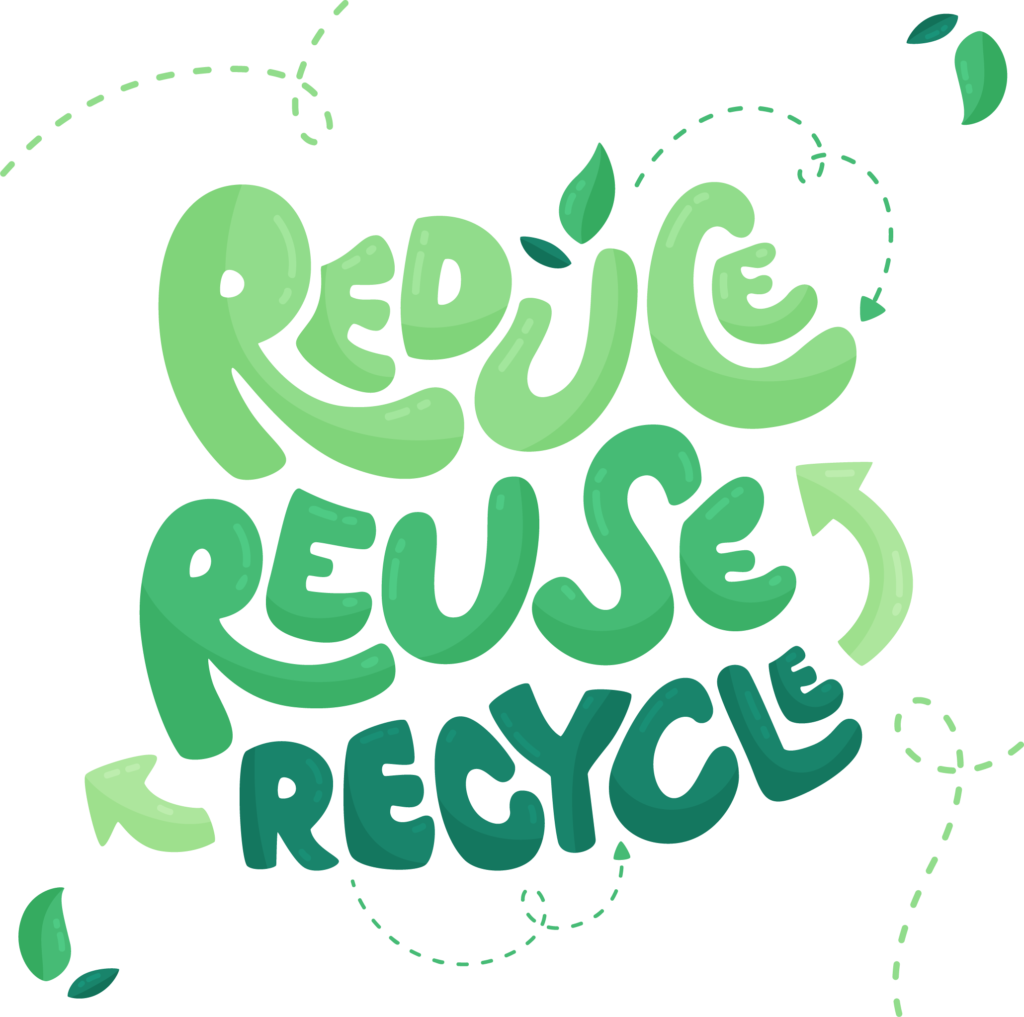
Sorting it Out: Understanding Dry and Wet Waste
Have you ever looked at a trash can and wondered, “Where exactly does this go?” Separating waste into different categories is an important step in reducing our environmental impact. Today, we’ll be focusing on understanding the dry waste and wet waste.
Dry Waste:
- Typically refers to recyclable materials that are clean and dry.
- Examples include:
- Paper (cardboard, newspapers, magazines)
- Plastic bottles and containers (rinsed and dried)
- Metal cans and foil (rinsed and dried)
- Glass bottles and jars (rinsed and dried)
- Cardboard boxes (clean and flattened)
Wet Waste:
- Also known as biodegradable waste, this type of waste can be composted and turned into nutrient-rich soil.
- Examples include:
- Food scraps (fruits, vegetables, coffee grounds, eggshells)
- Yard waste (leaves, grass clippings, twigs)
- Tea bags and coffee filters
Why separate dry and wet waste?
Separating waste has several benefits:
- Increased recycling: Clean and dry recyclables are more likely to be accepted by recycling facilities, which helps conserve resources and reduce pollution.
- Improved composting: Composting wet waste creates nutrient-rich soil that can be used in gardens and landscaping, reducing reliance on chemical fertilizers.
- Reduced landfill waste: By separating recyclables and compostable materials, we can minimize the amount of waste going to landfills, which helps conserve space and reduce harmful methane emissions.
Tips for separating dry and wet waste:
- Use separate bins for dry and wet waste at home.
- Rinse and dry any containers before placing them in the dry waste bin.
- Check local guidelines for specific instructions on what can be recycled and composted in your area.
- When in doubt, it’s always better to err on the side of caution and place the item in the landfill waste bin.
By understanding the differences between dry and wet waste, and by taking the simple step of separating them, we can all contribute to a more sustainable future.


